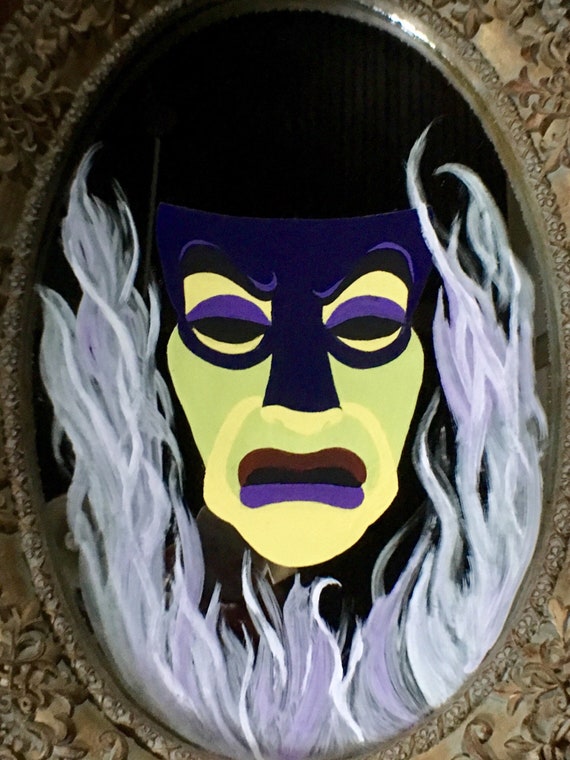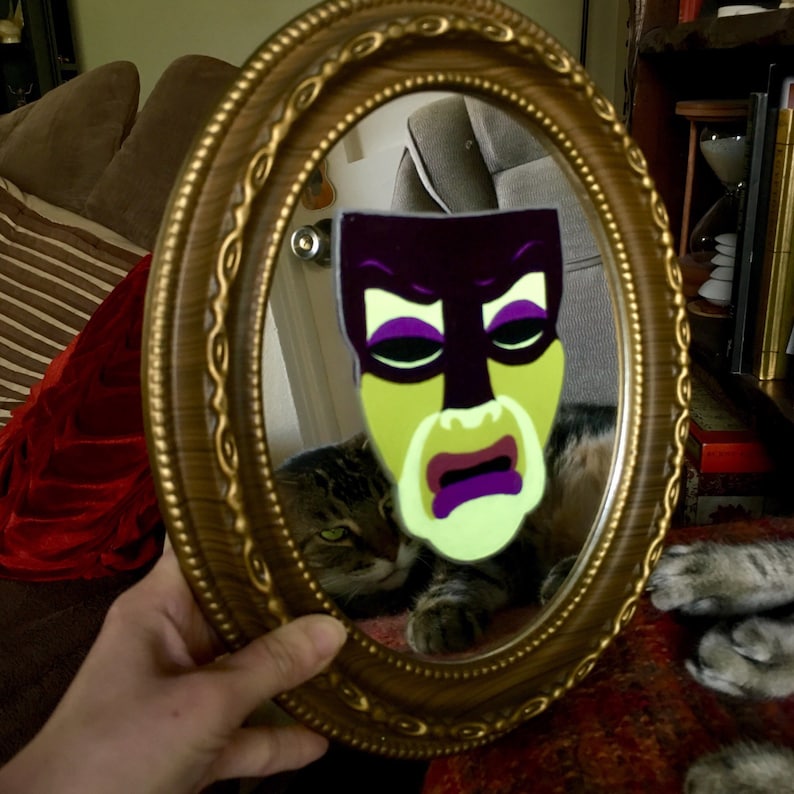
You can find her thoughts about poetry, bikes, baking and cat videos on twitter and tumblr ( camilashares). Her writing on literature, culture, politics and history has appeared on NPR, The Washington Independent Review of Books, The New Republic and The Nation. But they're still not counted fair.Ĭamila Domonoske is an editor and producer at NPR.
WITCH MAGIC MIRROR SNOW WHITE SKIN
Today, black hair, eyes and skin do bear beauty's name - a fact we continue to celebrate. But before he gets there, he has to acknowledge the bad reputation of blackness, especially as compared to fairness: "In the old age black was not counted fair, / Or if it were, it bore not beauty's name." In a poem that praises with understatement, he writes, "If snow be white, why then her breasts are dun / If hairs be wires, black wires grow on her head." Not quite "fair maiden," is it?Īt another point, he declares her raven eyes the ideal of beauty. Instead, he usually references her black hair and eyes - which aren't synonymous with beauty.
WITCH MAGIC MIRROR SNOW WHITE SERIES
In fact, while we call her the "dark lady," Shakespeare himself only calls his lover "dark" once, when he's mad at her. Bedtime Stories For Kids in English presents Snow White Series Episode 2 of 13 Magic Mirror.Snow White Series Episode 10 of 13 - The Dwarf Queen : https://. "Dark" also means obscure, mysterious, grim, and evil – hardly the stuff of love poetry. But he has no such option for describing the woman's appearance. When the bard calls his young man "fair," he mingles description and praise - "as fair / As any mother's child," Shakespeare calls the man. "Fair" is the magical, alluring word - and in the pursuit of fairness, women risk serious damage to their skin and health. Now, the word "fair" pops up frequently in skin-lightening products. In the pursuit of fair skin, women of Shakespeare's time spread white lead and vinegar on their faces. And when Elizabethan women wore skin-lightening makeup, they were following a tradition hearkening back to the Roman era.Īnd one that continues today, for that matter. The idealized beauties of Renaissance paintings were alabaster-skinned (though the presence of people of color in medieval and Renaissance art shouldn't be ignored). Petrarch's Laura, the archetypal object of love poetry, was golden-haired. The conflation of beauty and paleness hardly came out of nowhere. In that era, "black" often referred to brunettes. But by 1499, when the Gesta Romanum mentioned an emperor with "ij doughtirs, one faire, a nother blak," the new meaning was clear.

It's hard to tell exactly when the meaning shifted to mean "pale" or "blonde" as well as beautiful many sentences would make sense either way. It had no connection to any particular complexion the counterpart of fair was foul, not dark. "Fair of body." "Fair of face." "Were any half so fair?" Good weather was fair, as was a pleasing sound or taste. Since the days of the historian Bede, in the early 700s, it was used to mean good-looking. The word is a cognate of Old Saxon fagar, meaning beautiful, pretty or peaceful. The title of My Fair Lady doesn't just quote a children's song - it also echoes the fact that in the original Pygmalion legend, the lady in question was carved from ivory (which is one of the very few ways to be even paler than Audrey Hepburn.) And some of Shakespeare's most famous sonnets were directed to a "Fair Youth": Was he blonde, or just handsome?īut the meaning of "fair" wasn't always so blurry. Snow White isn't the only story where "beautiful" and "light-skinned" start to overlap. But in modern usage, it usually refers to a light complexion – and it's hard to forget that we're talking about a story where the main character's claim to fame is that her skin is extraordinarily pale.

On the one hand, fair is an archaic word for beautiful.

Her famous question includes an ambiguous word: "fairest." Here he can pinpoint people's locations, but he will only answer questions if you ask him in rhyme.An 1852 illustration shows Snow White's evil stepmother gazing into her magic mirror. In Wolf Among Us he helps out the other Fables with his abilities.

This was changed in the Overseas and Final Mix releases, where she uses a potion to affect the Mirror. In the original Japanese version of the game, the Evil Queen becomes red with anger which causes the Mirror to draw Terra into the mirror realm. In order to win, the player must determine which of the myriad faces is the true face of he Magic Mirror and defeat it. In Kingdom Hearts: Birth by Sleep, the Magic Mirror appears as a boss when the queen grants it the power to draw in its foes and confront them in a mirror realm. The queen's jealousy leads her to poison Snow White with a tainted apple, sending the girl into a deep sleep. However, the mirror responds that the fairest one of all is in fact Snow White. When the narcissistic queen asks "Mirror, mirror, on the wall, who's the fairest one of all?," she expects it to respond that it is she that is fairest. The Magic Mirror is a sentient magical item possessed by the Evil Queen in Snow White and the Seven Dwarfs.


 0 kommentar(er)
0 kommentar(er)
